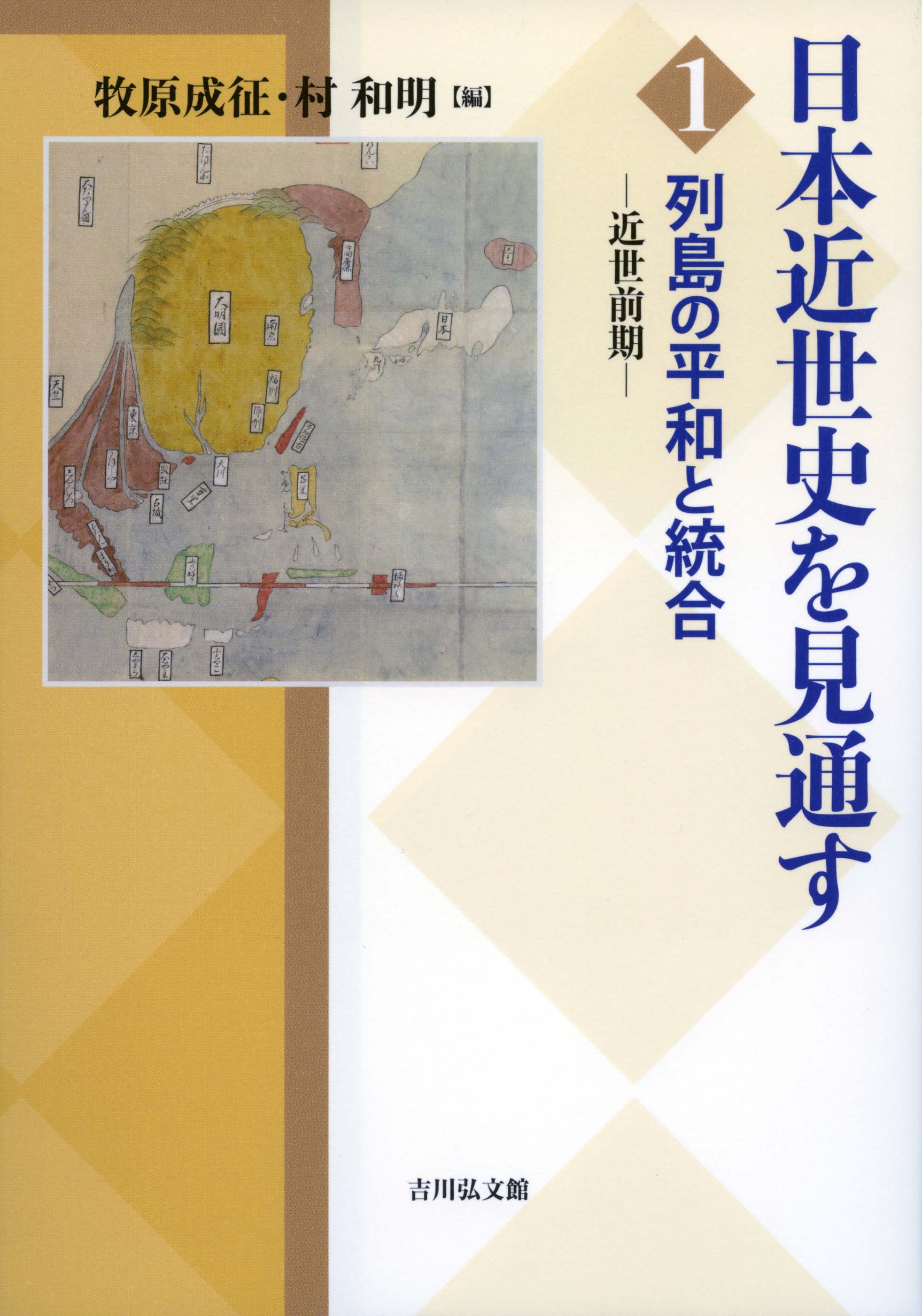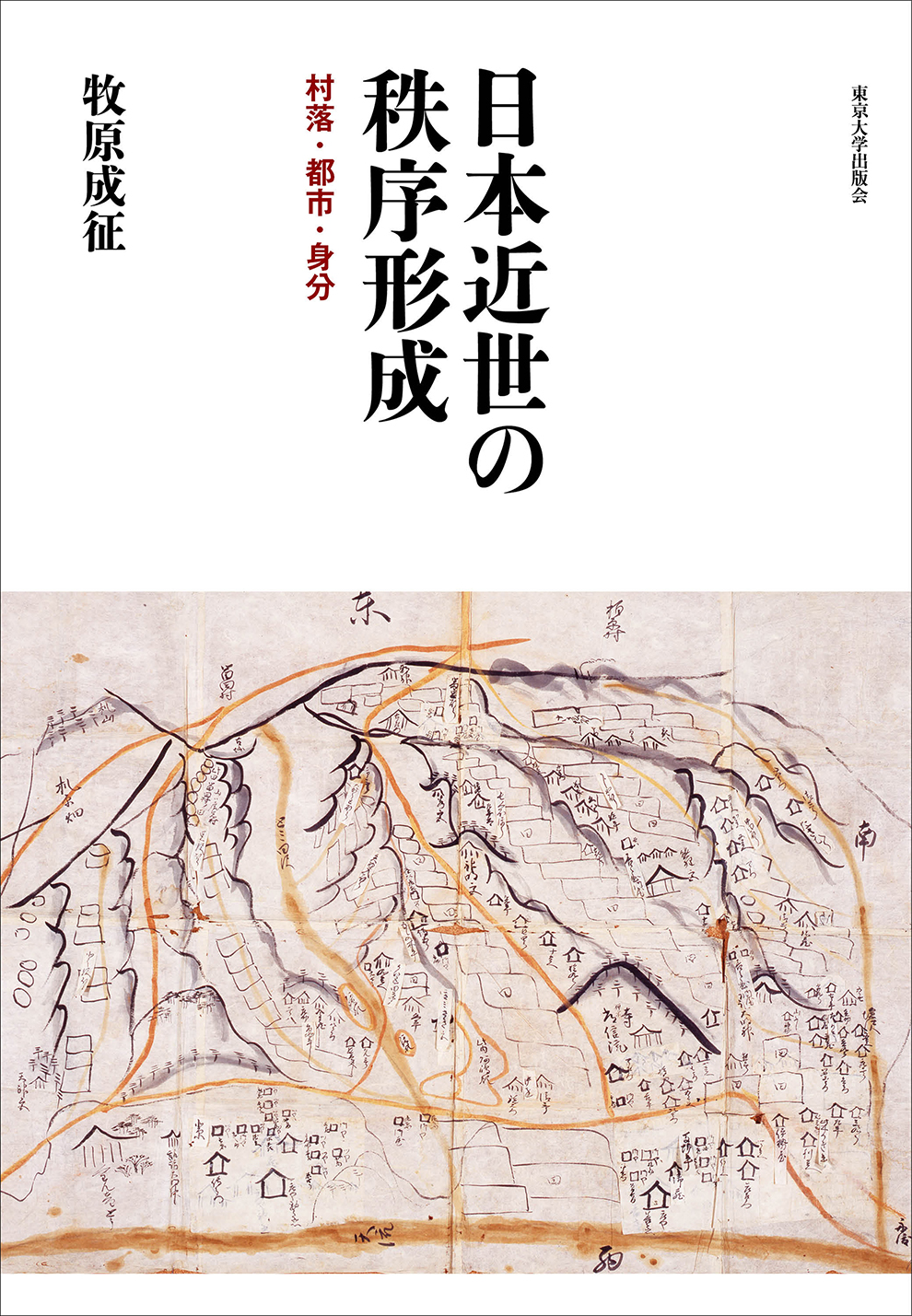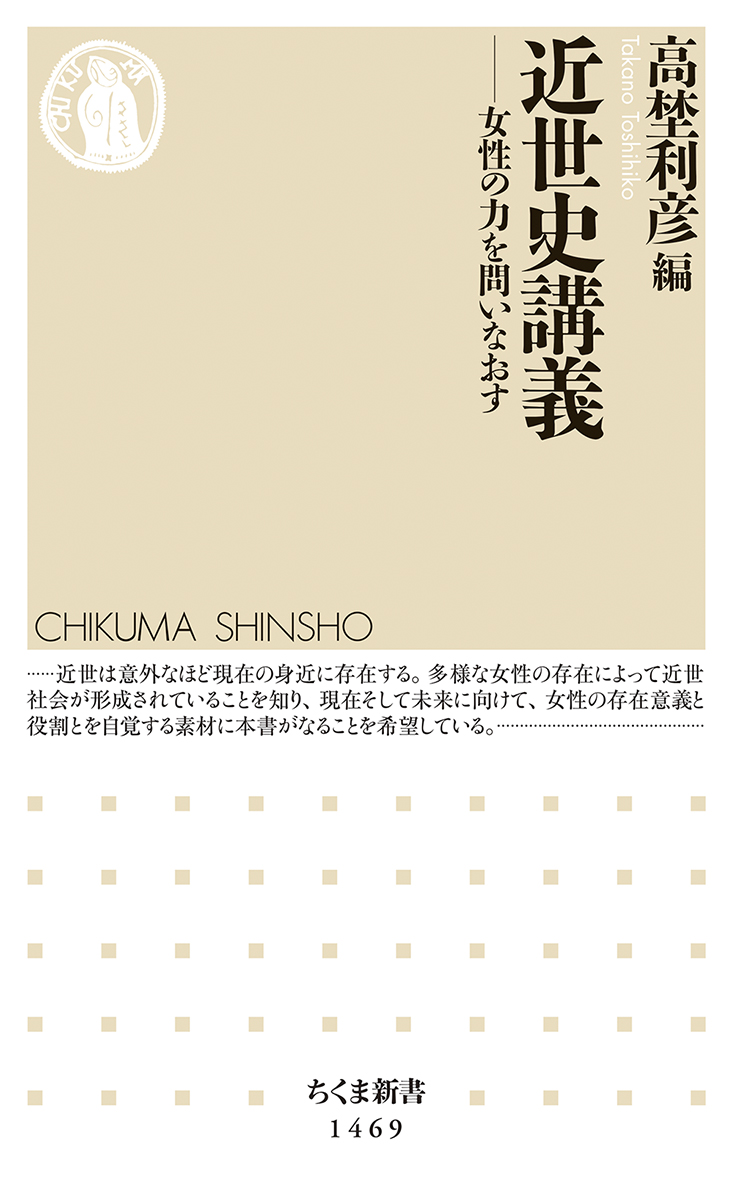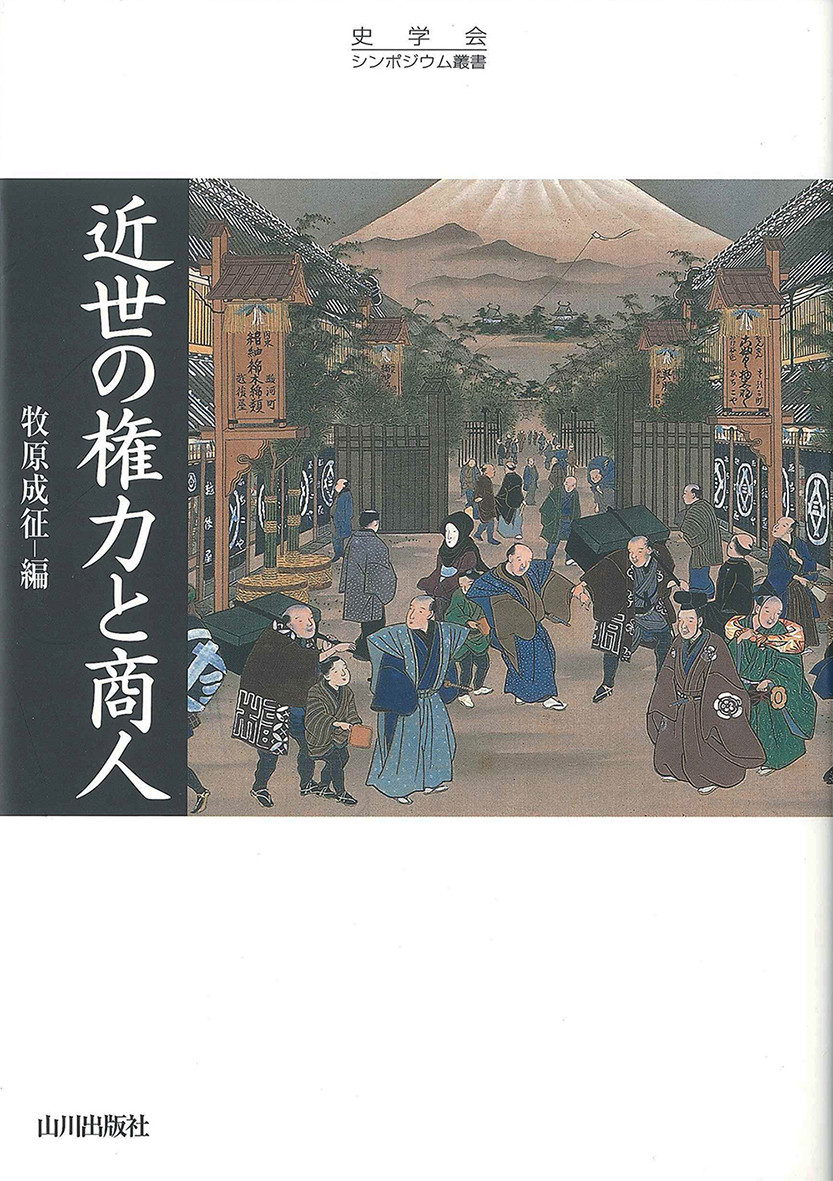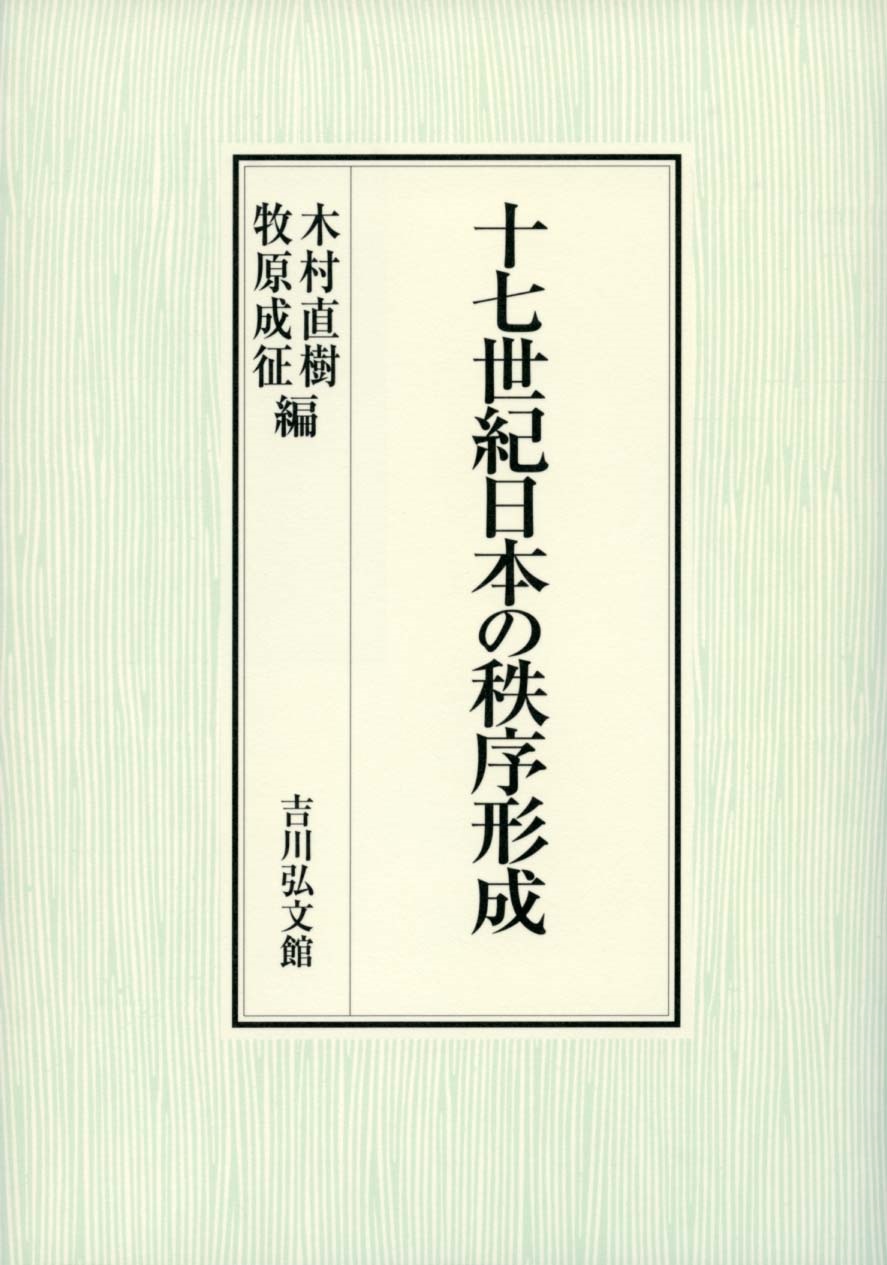
Title
17-seiki Nihon no Chitsujo-Keisei (The Formation of a New Order in Seventeenth-Century Japan)
Size
294 pages, A5 format
Language
Japanese
Released
February 28, 2018
ISBN
9784642034869
Published by
Yoshikawa Kobunkan
Book Info
See Book Availability at Library
Japanese Page
The sixteenth century was a period of great upheaval throughout East Asia. The hitherto order based on the state was greatly destabilized, and new powers founded on commerce and military might emerged as a result of the international circulation of silver. The Manchu Qing dynasty in China and the Toyotomi régime in Japan are thought to have been examples of this. During the subsequent seventeenth century, East Asia shifted from military conflict to an age of peace and stability, and there was seen the formation of a new type of order. In Japan, too, after a period of war there was a shift to a period of stability sometimes known as the “Tokugawa peace.” Consideration of the circumstances of this shift and its concrete aspects, meaning, and influence may prove instructive for thinking about our own period, from after World War II to the present day.
The Edo period is comparatively familiar to the Japanese, and recently “Tokugawa Japan” has become well known internationally, too, for its hard-working and simple-mannered people, its economic growth, its harmony with the environment, and its distinctive culture. But almost all of our conventional images of the Edo period are in fact applicable only to the latter half of the early modern period and the final years of the Tokugawa shogunate. The records and so on written in the Meiji era that look back on the Edo period have had an enormous influence. This is because the Meiji era coincided with the dawn of modern historical research and because there is an extreme difference between the seventeenth and nineteenth centuries regarding the quality and quantity of extant historical sources.
In recent years there has been a strong demand in historical research for evidential accuracy based on historical sources, and even within the field of early modern history there has been a major imbalance towards the latter half of this period, for which there exist abundant historical sources. There seems to be a similar problem within the fields of ancient history, medieval history, and modern history, too. The discipline of Japanese history is compartmentalized, with researchers specializing in one of these periods and investigating it in great depth, and this is a reason for the imbalance that has arisen in the current state of research. This book is a modest attempt to rectify this situation in some small way.
The actual contents of this book will be evident from the table of contents, and here I wish to briefly summarize part of the final chapter, which I wrote. Among the retainers of the Tokugawa shogun, low-level retainers who were not granted audiences with the shogun were called gokenin, and groups of them were allocated residences below Edo Castle and served as soldiers, caretakers, officials, and so on in the shogunate’s various offices. They were not in fact originally warriors but footsoldiers armed with firearms or bows and arrows, footmen who carried equipment, and others who had been organized into units by the Tokugawa family since the Sengoku period. During the period of military conflict they had been employed in enormous numbers, and even after the advent of an age of peace they basically continued to be maintained in spite of the costs this entailed. The shogunate and daimyō families were nothing other than military corps who believed that they had created and were maintaining “peace” with their military might, and they could not imagine getting rid of their units of footsoldiers or transport corps. Of course, in reality these retainers, in their capacity as shogunate officials, were also involved in work pertaining to administrative and financial affairs, and they came to form hereditary “families.” The question of how enormous military forces created in wartime come to be treated in times of peace is an interesting issue also in terms of social history.
(Written by MAKIHARA Shigeyuki, Assosiate Professor, Graduate School of Humanities and Sociology / 2018)



 Find a book
Find a book


 eBook
eBook